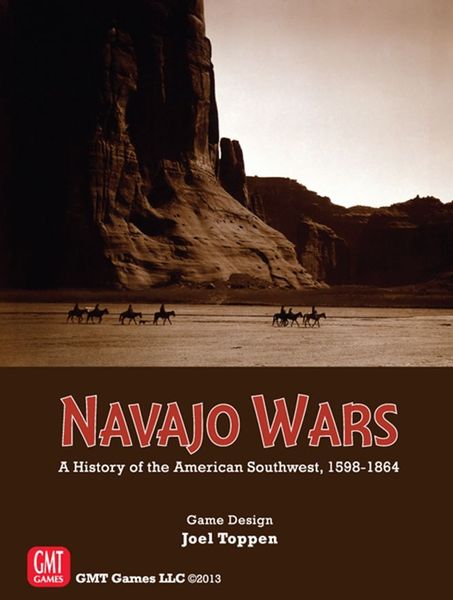Navajo Wars (2013) Board Game
Navajo Wars is a historical board game that focuses on the conflict between the Navajo people and the Spanish, Mexican, and American settlers in the American Southwest during the 19th century. Designed by Edward S. Curtis, Donal Hegarty, and Rodger B. MacGowan, the game provides a deep dive into the complexities of this period in history.
Game Components of Navajo Wars
How To Setup Navajo Wars
Setting up *Navajo Wars* involves preparing the board, shuffling and placing the card deck, and initializing the enemy instruction counter column. The enemy actions are randomized at the beginning of the game, and historical events are shuffled into the card deck at certain intervals. Players need to place their Diné family counters on the board according to the starting scenario, and ensure all necessary components are within reach.
Gameplay Mechanics and Game Objective
Player Experience
*Navajo Wars* offers a deep and strategic gameplay experience. Players feel like they are facing a real opponent due to the inventive enemy mechanism, which uses instruction counters to simulate enemy actions. The game is driven by a set of randomized cards, including historical events, which ensures each playthrough is different. Players must make meaningful decisions to manage resources and anticipate enemy actions, making the game engaging and challenging.
Pros
Cons
Personal Thoughts on Navajo Wars
*Navajo Wars* is ideal for historical wargame enthusiasts and those interested in the history of Native American tribes. It is particularly suited for players who enjoy solitaire games with deep strategic elements and a high level of replayability. The game’s unique mechanics and historical focus make it a standout in the wargame genre, offering a compelling and educational experience. However, it may not be the best fit for players looking for simple, straightforward rules or those who prefer multiplayer games with direct interaction.
We are supported by our audience. When you purchase through links on our site, we may earn an affiliate commission, at no extra cost for you. Learn more.

